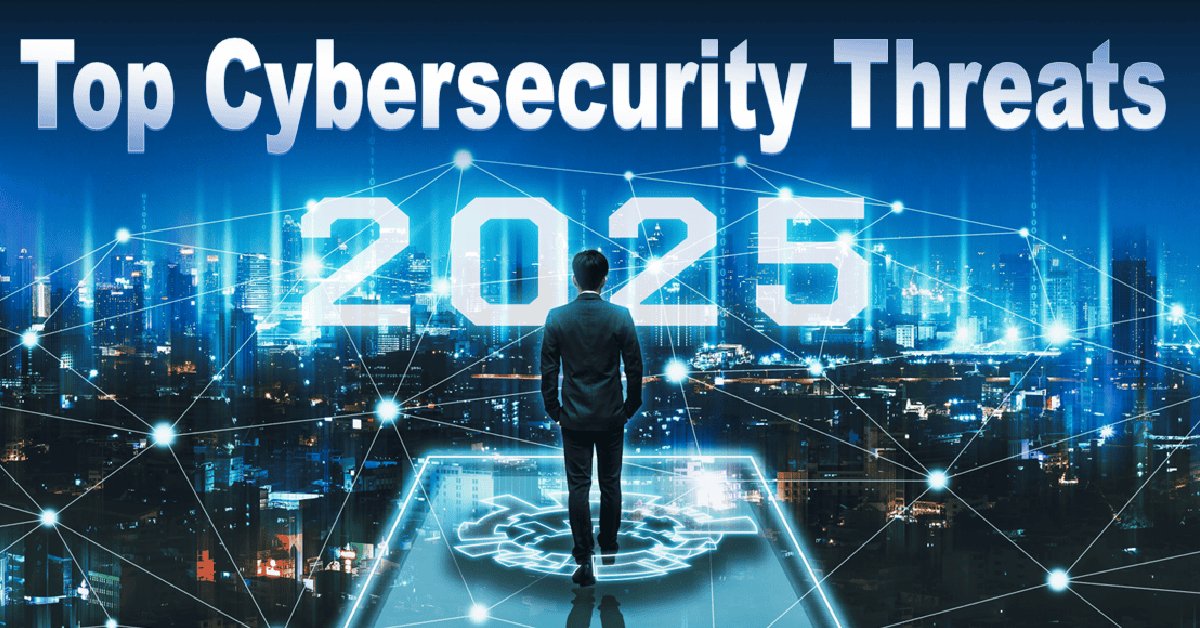Cybersecurity Threats in 2025: Navigating the Future Digital Battlefield
By [Your Name], Cybersecurity Analyst
As technology evolves, so do the tactics of cybercriminals. By 2025, the digital landscape will face unprecedented threats fueled by advancements in AI, quantum computing, and interconnected systems. This article explores the emerging cybersecurity challenges and how individuals, businesses, and governments can prepare.
1. AI-Powered Cyberattacks
Artificial Intelligence (AI) will double as both a shield and a sword in cybersecurity. Cybercriminals will leverage AI to automate attacks, craft sophisticated phishing emails, and bypass traditional defenses. For instance, AI-driven malware could adapt in real-time to evade detection, while deep learning models might mimic human behavior to exploit vulnerabilities. A 2024 report by Gartner predicts that 40% of cyberattacks will involve AI by 2025, raising the stakes for defensive AI solutions.
2. Quantum Computing: Breaking Encryption
Quantum computing’s rise threatens to dismantle current encryption standards. Algorithms like RSA and ECC, which secure everything from banking to national secrets, could be cracked in minutes. By 2025, nations and corporations may race to adopt quantum-resistant cryptography, but the transition will leave gaps. The World Economic Forum warns that 20% of global organizations will face quantum-related breaches by 2030 if unprepared.
3. IoT Vulnerabilities and 5G Exploits
The explosion of IoT devices—projected to exceed 75 billion globally by 2025—creates a sprawling attack surface. Poorly secured smart home gadgets, medical devices, and industrial sensors will be prime targets. Coupled with 5G’s rapid connectivity, attackers could launch large-scale DDoS attacks or infiltrate critical infrastructure, such as power grids, with devastating efficiency.
4. Ransomware 2.0: Smarter and More Destructive
Ransomware will evolve beyond encryption. Attackers may threaten to leak sensitive data, manipulate systems (e.g., altering drug formulas in pharma companies), or weaponize AI to identify high-value targets. The FBI estimates ransomware costs could surpass $265 billion annually by 2031, driven by ransomware-as-a-service (RaaS) platforms accessible to non-technical criminals.
5. State-Sponsored Cyber Warfare
Nation-states will intensify cyber espionage and sabotage campaigns. Targets include elections, energy grids, and telecommunications. For example, attackers might disrupt a country’s internet backbone during a geopolitical crisis. Microsoft’s 2023 Digital Defense Report notes a 40% increase in state-sponsored attacks since 2020, a trend likely to escalate.
6. Deepfakes and Synthetic Media
Deepfake technology will enable hyper-realistic disinformation campaigns. Imagine a fake video of a CEO announcing bankruptcy, triggering stock market chaos. Social engineering attacks using synthetic voices or videos could defraud companies of millions. A 2024 MIT study found that 90% of people struggle to distinguish deepfakes from real content, highlighting the risks.
7. Supply Chain Attacks
Following the SolarWinds and Log4j incidents, supply chain attacks will grow more insidious. Hackers will target software vendors, third-party APIs, and open-source libraries to infiltrate downstream users. By compromising a single provider, attackers can breach thousands of organizations simultaneously.
8. Regulatory Gaps and Compliance Challenges
As governments scramble to update regulations (e.g., GDPR, CCPA), inconsistent global policies will create loopholes. Smaller businesses, especially in developing nations, may lack resources to comply, becoming weak links in the security chain.
Mitigation Strategies for 2025
- Adopt Zero-Trust Architecture: Assume breaches will occur and enforce strict access controls.
- Invest in Post-Quantum Cryptography: Start transitioning to quantum-safe algorithms now.
- AI Defense Systems: Deploy AI-driven threat detection to counter AI-powered attacks.
- Employee Training: Regular drills to combat phishing and deepfake scams.
- Collaborative Defense: Share threat intelligence across industries and borders.





